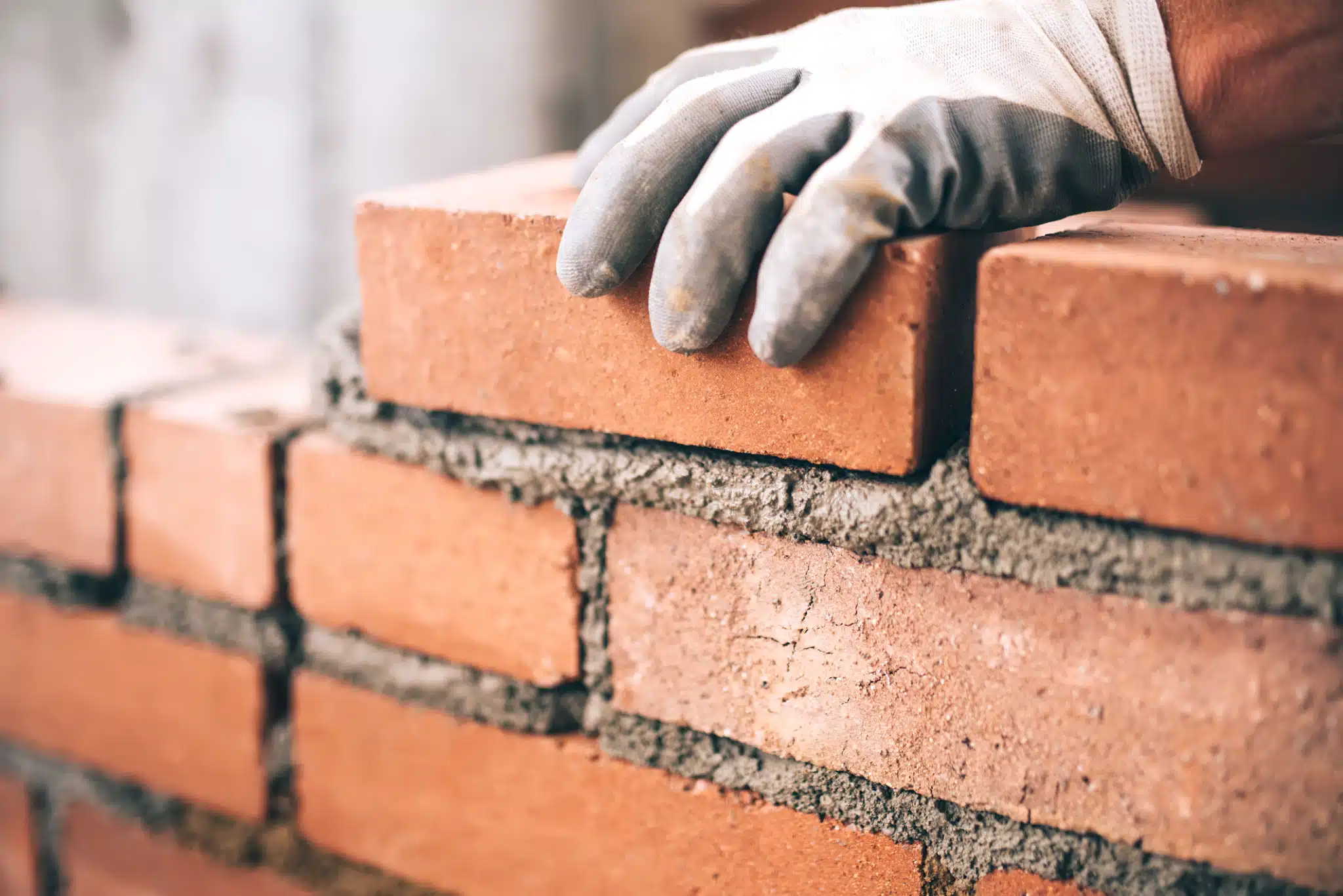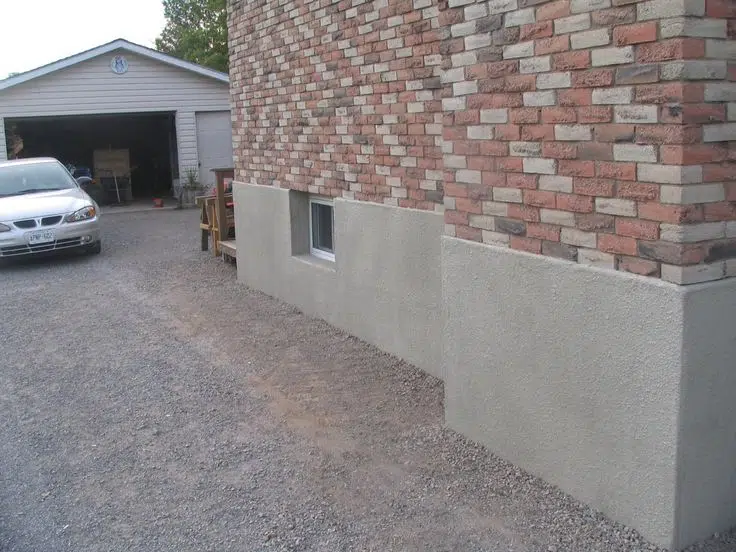Welcome to a virtual walking tour of Downtown Richmond Hill’s historic district, where we’ll explore the fascinating world of masonry and its role in shaping the architectural heritage of our beloved community. This self-guided tour will take you on a journey through time, highlighting the unique masonry features of key buildings and structures that have stood the test of time. Whether you’re a history buff, architecture enthusiast, or simply curious about the buildings that surround us, this tour promises to be an enlightening experience.
Suggested Route for Your Self-Guided Tour
Our walking tour will cover approximately 1.5 miles, taking you through the heart of Downtown Richmond Hill’s historic district. The route is designed to showcase a diverse range of masonry styles and techniques, while providing a pleasant and manageable walk. Here’s the suggested path:
- Start at the Richmond Hill Public Library
- Head east on Centre Street East
- Turn right onto Yonge Street
- Continue south to Church Street
- Turn left onto Church Street
- Head back north on Wright Street
- Finish at Richmond Hill Heritage Centre
Feel free to adjust the route as needed, and remember to wear comfortable shoes and bring water, especially on warmer days.
Notable Masonry Features Along the Tour
1. Richmond Hill Public Library (Original Building)
Our tour begins at the original Richmond Hill Public Library building, a stunning example of early 20th-century civic architecture. Built in 1923, this structure showcases classic red brick masonry with intricate corbelling along the roofline. Pay special attention to the following features:
- Flemish bond brickwork on the façade
- Decorative stone lintels above windows and doors
- Contrasting white mortar joints, highlighting the precision of the bricklaying
The library building serves as an excellent introduction to the masonry craftsmanship you’ll encounter throughout the tour.
2. St. Mary’s Anglican Church
As you make your way down Yonge Street, you’ll come across St. Mary’s Anglican Church, a Gothic Revival masterpiece built in 1872. This church exemplifies the use of local materials in 19th-century masonry construction. Key features include:
- Rough-cut local fieldstone walls
- Smooth-cut limestone quoins at the corners
- Pointed arch windows with brick voussoirs
The combination of stone and brick in this building showcases the versatility of masonry materials and techniques used during this period.
3. Richmond Hill United Church
Continuing south on Yonge Street, you’ll encounter the Richmond Hill United Church, built in 1880. This Romanesque Revival structure offers a stark contrast to St. Mary’s, demonstrating the evolution of masonry styles within a short period. Notable features include:
- Red brick construction with buff brick accents
- Rounded arch windows with elaborate brick detailing
- Decorative brick corbelling along the roofline and tower
The intricate brickwork on this church highlights the skill of 19th-century masons in creating ornate designs using simple materials.
4. Burr House
As you turn onto Church Street, you’ll find the Burr House, one of Richmond Hill’s oldest surviving buildings. Constructed in 1819, this Georgian-style home showcases early 19th-century masonry techniques. Pay attention to:
- Hand-made red clay bricks in a common bond pattern
- Thick mortar joints, typical of early 19th-century construction
- Simple yet elegant stone lintels above windows and doors
The Burr House offers a glimpse into the early days of Richmond Hill’s settlement and the enduring nature of well-constructed masonry buildings.
5. Richmond Hill Heritage Centre (Amos Wright House)
Our tour concludes at the Richmond Hill Heritage Centre, housed in the restored Amos Wright House. Built in 1840, this Regency-style cottage exemplifies the transition from early to mid-19th century masonry techniques. Key features include:
- Stucco-covered brick exterior, a popular treatment in the Regency period
- Decorative quoins at the corners, simulating cut stone
- Symmetrical façade with a central doorway, typical of the Regency style
The Heritage Centre not only showcases historical masonry techniques but also serves as a testament to the importance of preservation efforts in maintaining our architectural heritage.
Historical Context of Highlighted Buildings
Understanding the historical context of these buildings adds depth to our appreciation of their masonry features. Each structure reflects the social, economic, and cultural influences of its time:
- Richmond Hill Public Library (1923): Built during a period of growth and civic pride, the library represented the community’s commitment to education and public services.
- St. Mary’s Anglican Church (1872): Constructed as Richmond Hill’s population grew, this church reflected the importance of religious institutions in 19th-century community life.
- Richmond Hill United Church (1880): Built shortly after St. Mary’s, this church demonstrates the religious diversity and continued growth of Richmond Hill in the late 19th century.
- Burr House (1819): One of the earliest brick homes in the area, it represents the transition from log cabins to more permanent structures as the settlement prospered.
- Amos Wright House (1840): Built for a prominent local politician, this house showcases the refinement of architectural styles as Richmond Hill evolved from a rural village to a thriving town.
Tips for Identifying Different Masonry Styles and Techniques
As you explore Downtown Richmond Hill’s historic buildings, keep these tips in mind to help you identify different masonry styles and techniques:
- Brick bonds: Look for patterns in how bricks are laid. Common bonds include running bond (all stretchers), Flemish bond (alternating stretchers and headers), and English bond (alternating courses of stretchers and headers).
- Mortar joints: Older buildings often have thicker mortar joints, while more recent structures typically have thinner, more precise joints.
- Decorative elements: Notice corbelling, quoins, and other ornamental brickwork that adds visual interest to the façade.
- Stone types: Identify different types of stone used, such as fieldstone, limestone, or sandstone. Each has unique characteristics and was often sourced locally.
- Arches and lintels: Observe the shapes of window and door openings. Rounded arches are common in Romanesque styles, while pointed arches are typical of Gothic architecture.
- Surface treatments: Some brick buildings may be covered with stucco or painted, which can indicate changes in architectural fashion or attempts to protect the underlying masonry.
The Importance of Ongoing Preservation Efforts
As you conclude your tour of Downtown Richmond Hill’s historic masonry buildings, it’s crucial to recognize the importance of ongoing preservation efforts. These structures are not just beautiful examples of architectural craftsmanship; they are tangible links to our community’s past and important elements of our cultural identity.
Preservation of historic masonry buildings is essential for several reasons:
- Maintaining the unique character and charm of Downtown Richmond Hill
- Providing educational opportunities for future generations
- Supporting sustainable development by reusing existing structures
- Preserving traditional building techniques and craftsmanship
- Boosting local tourism and economic development
Local organizations, such as the Richmond Hill Historical Society and the Heritage Centre, play crucial roles in advocating for and implementing preservation initiatives. As residents and visitors, we can support these efforts by:
- Participating in heritage events and tours
- Volunteering with local preservation organizations
- Supporting businesses that occupy and maintain historic buildings
- Advocating for preservation-friendly policies at the municipal level
Conclusion
This virtual walking tour of Downtown Richmond Hill’s historic district has offered a glimpse into the rich masonry heritage that surrounds us. From the early 19th-century Burr House to the more ornate Richmond Hill United Church, each building tells a story of our community’s growth and evolution through its unique masonry features.
We encourage you to take this self-guided tour in person, armed with the knowledge you’ve gained about masonry styles, techniques, and historical context. As you explore, remember that these buildings are more than just bricks and mortar – they are the foundation of our community’s identity and a testament to the skill and artistry of generations of masons.
By appreciating and preserving these architectural treasures, we ensure that future generations can continue to learn from and be inspired by the masonry masterpieces of Downtown Richmond Hill. So lace up your walking shoes, grab a camera, and embark on your own journey through the fascinating world of historic masonry in our beloved town.
\n\n\nWhat is the focus of the virtual walking tour in Downtown Richmond Hill?
The tour explores the architectural heritage of the community, specifically highlighting the masonry features of key historic buildings in Downtown Richmond Hill’s historic district.
How long is the walking tour route?
The suggested walking tour covers approximately 1.5 miles through the heart of Downtown Richmond Hill’s historic district.
What are some notable buildings featured in the tour?
Key buildings include the Richmond Hill Public Library, St. Mary’s Anglican Church, Richmond Hill United Church, Burr House, and the Richmond Hill Heritage Centre.
What masonry techniques can visitors learn about during the tour?
Visitors can learn to identify brick bonds, mortar joints, decorative elements, different stone types, arches and lintels, and surface treatments used in historic buildings.
Why is preservation of historic masonry buildings important?
Preservation maintains the unique character of the community, supports sustainable development, provides educational opportunities, and boosts local tourism and economic development.
What features should one observe when visiting the Richmond Hill Public Library?
Visitors should look for Flemish bond brickwork, decorative stone lintels above windows, and contrasting white mortar joints that highlight the craftsmanship of the building.
How can individuals contribute to preservation efforts in the community?
Individuals can participate in heritage events, volunteer with preservation organizations, support businesses in historic buildings, and advocate for preservation-friendly policies.
What is unique about the masonry style of the Burr House?
The Burr House features handmade red clay bricks with a common bond pattern and thick mortar joints typical of early 19th-century construction.
What is significant about the Amos Wright House?
The Amos Wright House, built in 1840, is a Regency-style cottage that exemplifies mid-19th-century masonry and the importance of historical preservation efforts in the community.
What final message does the article convey about the tour and historic masonry?
The article emphasizes that the buildings are not merely structures but represent the community’s identity and the craftsmanship of past generations, encouraging appreciation and preservation for future generations.



